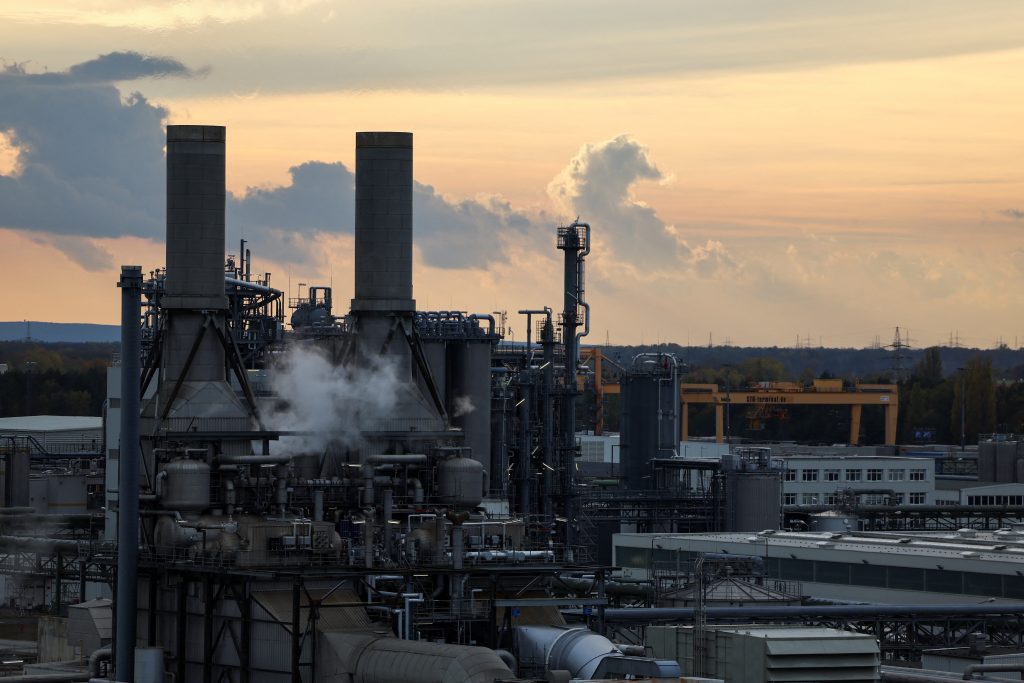Current Situation of Comprehensive Reuse of Metallurgical Solid Waste

Metallurgical solid waste classification
Metallurgical solid waste can be divided into slag, ferroalloy slag, steel slag, non-ferrous metallurgical slag, dust sludge, red mud, etc. according to the solid waste generation process and composition.
1 Slag: In the process of ironmaking, iron oxide is reduced to metallic iron at high temperature, and impurities such as silica and alumina in iron ore react with lime to form molten slag mainly composed of silicate and aluminosilicate thing. Slag is a kind of solid waste with the largest emission in the iron and steel metallurgical industry, and its emission is directly related to the grade of the ore and the smelting system.
2 Steel slag: Steel slag is discharged from converters, electric furnaces, and refining furnaces during the smelting process. It is made of impurities in metal raw materials
The slag formed with flux and furnace lining is mainly composed of silicate and ferrite.
3 Dust sludge: It is formed with the gas flow or oxidized and discharged from the smelting equipment with the flue gas. Generally, the content of iron or metal elements is high. It can be divided into converter sludge, blast furnace gas ash, ironmaking dust, gas dust, etc.
4 Red mud: Red mud is the industrial solid waste discharged when the aluminum industry extracts alumina. Because it contains a large amount of iron oxide, its appearance is similar to red soil. About 1.0-1.8 tons of red mud are discharged for every 1 ton of alumina produced.
Environmental hazards of metallurgical solid waste
The impact of metallurgical solid waste on the environment is mainly manifested in the following aspects:
1 Land encroachment: metallurgical solid waste such as steel slag is harder than granite, except for backfilling foundations of a small number of projects every year, most of them are abandoned in the surrounding areas, and even occupy a large amount of fertile land.
2 Pollution of soil and water: If metallurgical solid waste is landfilled without proper anti-seepage measures, after weathering, rain and snow melting, and surface runoff erosion, the harmful components in it will easily generate high temperature and toxic liquids and penetrate into the soil, killing the soil. The microorganisms in the environment will destroy the ecosystem formed by the microorganisms and the surrounding environment, and even cause the vegetation to not grow; if the harmful components seep into the water body, it may further endanger human health.
3 Hazards of flying dust: fine-grained waste slag in dust sludge and blast furnace slag will flow with the wind and spread to a long distance under the blowing of strong wind; harmful gas and dust will be produced during transportation, causing air pollution.
Comprehensive reuse
1 Metal recycling
Metallurgical solid waste contains a variety of other metals, which can often be extracted from gold, silver, cobalt, antimony, palladium, platinum, etc., some of which can reach or even exceed the grade of industrial deposits, and the value of some recovered rare and precious metals even exceeds the main metal the value of.
2 Utilization of building materials
The building materials industry plays a very important role in the disposal of metallurgical solid waste. On the one hand, steel slag can be used to replace cement for concrete construction projects by grinding it to stimulate activity, which can reduce the cracks caused by the heat of hydration of concrete, improve the later strength of concrete, and the performance of wear resistance, frost resistance and corrosion resistance. This steel slag cement is On the other hand, the application technology of slag as cement admixture and concrete admixture is very mature and widely used, and it is also an important comprehensive utilization direction.
3 Road works
The mixed slag formed by slag crushing is an excellent material for building road bases and cushions, and has the characteristics of good flatness, water storage, and temperature insulation.
4 Ceramic industry
The use of metallurgical slag to prepare ceramics is a large and high-value resource utilization approach. Inert components, heavy metals, free calcium oxide or alkali metals in metallurgical slag can be converted into beneficial components in ceramics, making ceramics have excellent mechanical properties, wear resistance, corrosion resistance, and consolidation of heavy metals.
5 Environmental protection industry
Studies have shown that steel slag has chemical precipitation and adsorption. In the study of steel slag treatment wastewater, the removal rate of chromium reached 99%, the removal rate of zinc reached more than 98%, and the removal rate of mercury reached 90.6%.
